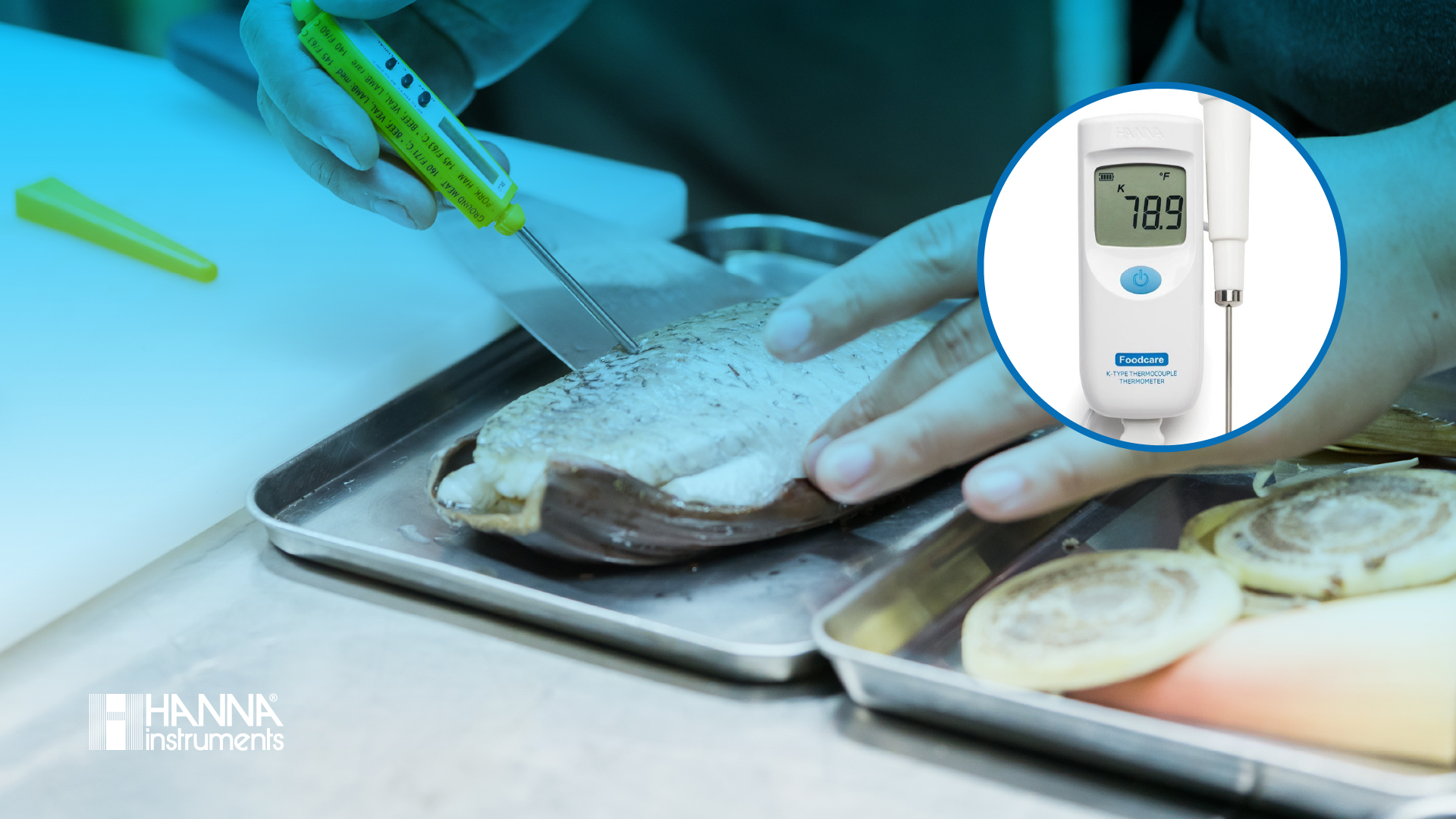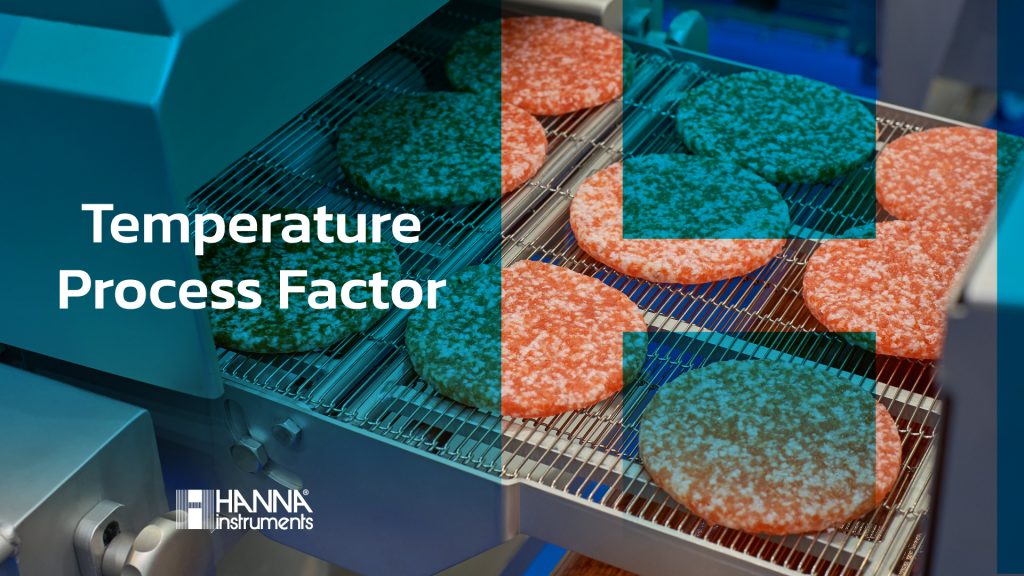No products in the cart.
เครื่องวัดอุณหภูมิ
Temperature I Process Factor
At the moment, various pathogens have developed more whether new strains of pathogens that occur causing new diseases to follow, some of which can be cured but some of which cannot. by being the primary cause of various pathogens There are most likely many factors, but one of them is most likely the food manufacturing process. Which is a necessary part of daily life, food and eat. So, Food pathogens originate from a variety of sources, beginning with the raw material source. Cooking, food preservation, and container cleanliness procedures.
“Safe food” is defined as food that does not cause disease or harm to the person who consumes it. Bacteria that can cause illness, poisoning (bacterial or fungal poisoning), chemicals, or foreign matter are not found in safe food.
The critical control point, or CCP, must be considered during the food production process. It is a process that must be managed because it is critical to prevent, eliminate, or reduce hazards in the food production process to acceptable levels of safety. This is largely determined by the temperature that must be measured from the farm to the point of consumption. Food must be kept within a strict temperature range at all times.
Temperature of food storage
Food preservation is the process of extending the shelf life of food. When storing food, the main factor to consider is safe temperature for food storage Microorganisms that cause food poisoning normally thrive at temperatures of 5-60 ˚C. Proper food storage should be refrigerated below 5 ˚C as this will destroy existing bacteria in food grows slowly For meat, it should be stored at a temperature of 0-3 ˚C. If it’s frozen, it should be stored at -15 ˚C.
Temperatures at which various types of food are stored
|
Food |
room temperature (25˚C) | Chilled
(4˚C) |
frozen
(-18˚C) |
| Vegetable and Food |
1-7 Days |
2-14 Days | 8-12 Months |
| Meat and Meat Products |
2 Hours |
1-2 Days | 6-12 Months |
| Milk and Milk Products |
2 Hours |
Milk 5-7 Days
Yogurt 2-3 Weeks Cheese 2-4 Months |
Milk 1 Month
Yogurt 1-2 Months Cheese 6-8 Months |
| bakery products
(unfilled bread) |
3-5 Days | 1-2 Weeks |
2-3 Months |
Shelf life extension for food can be accomplished in a variety of ways, including food processing. (heating/cooling/drying/adding food additives/without heating) or using packaging to increase food shelf life. (Vacuum packing/Gas Flushing packing, for example.)
Food temperature measurement and food safety It is divided into four zones to allow for a clear view of the image follows :
Zone A
cooked food 72°C to 82°C Keeping food at 60 degrees Celsius or higher is the ideal temperature for cooking various types of food. The default value is 60 C and above, where different types of meat are cooked at the desired temperature for that type of meat without causing bacteria to change.
Zone B
The danger zone, or temperature range in which bacteria can grow rapidly, is 4 C – 60 C, most likely due to undercooking or place cooked food in a container and leave it until the temperature drops.
Zone C
Fresh ingredients, such as meat, milk, and eggs, can be refrigerated in the refrigerator at 4 degrees Celsius or colder.
Zone D
Storing frozen food at temperatures of -18 C or lower, and using a thermometer to check the heat in food products (Level of ripeness) cooking that necessitates precision and quality. Failure to meet the standards will result in poor taste and quality the next time you cook. As a result, in order to maintain the same delectable quality, the temperature must always be checked first during every manufacturing process. There are many different types of thermometers that can be used as needed, such as portable, convenient and field type

Hanna Instruments (Thailand)
Leading measurement instrument maker
WITH GREAT PRODUCTS, COME GREAT RESULTS.
Email Addresses
shop@hannathaicom
CONTACT US
Line : @hannathailand
FB : HannaThailand
